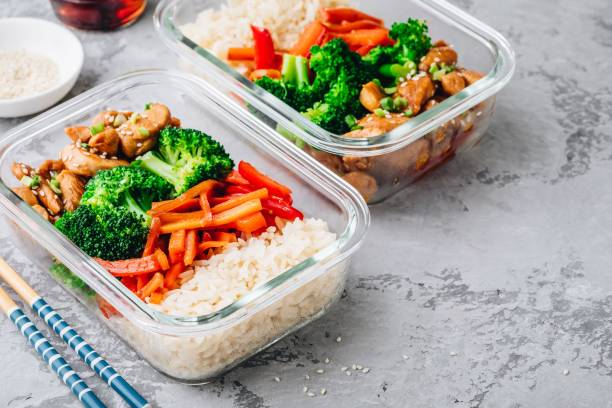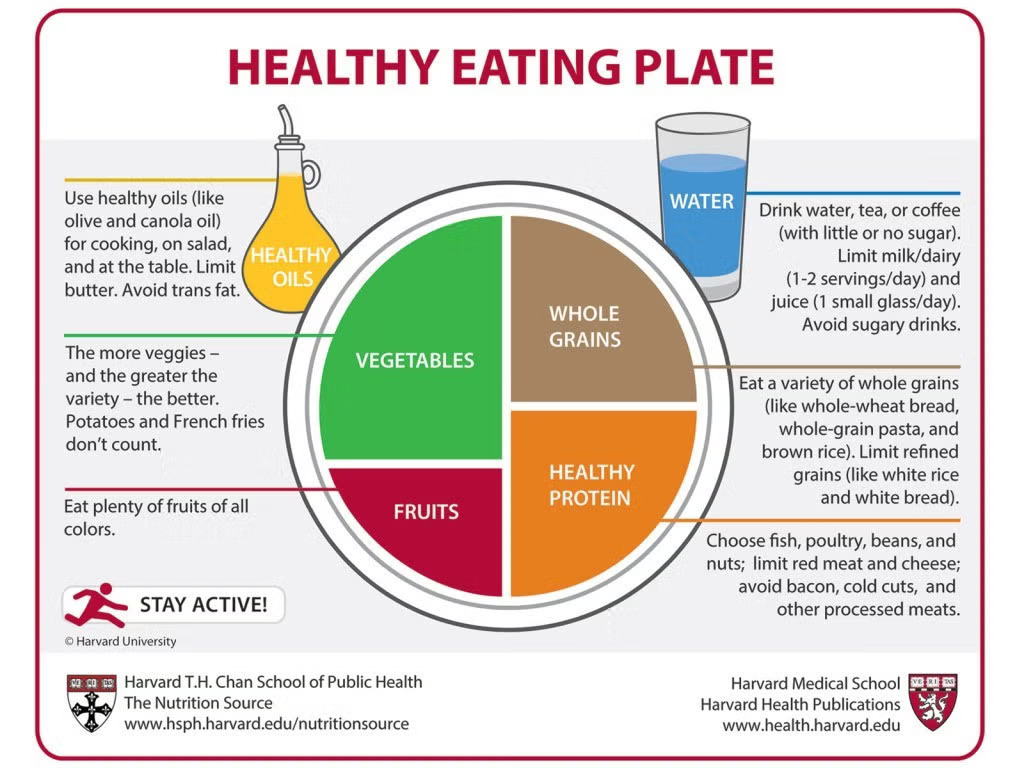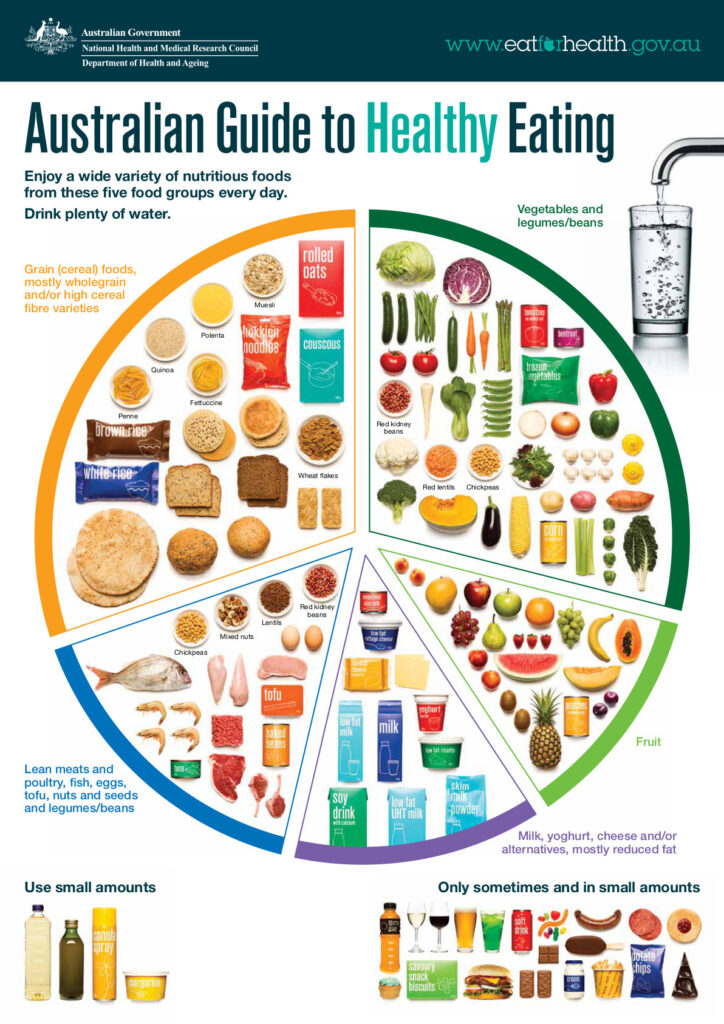
Hey THRIVE readers, spring has arrived and the weather is getting warmer! We can finally spend more time outdoors enjoying the sun and get active! Prepare your body by eating a balanced diet that’s also delicious! As students, the busy schedule from studying, working, and maintaining social life can leave very little time or energy for preparing proper meals. Takeout is quick, but it can be expensive and often lacks the nutrients your brain and body need. Poor eating habits can be bad for health so how can students take care of themselves without adding more to their plate? Today, I’ll be offering you a guide to easy and affordable meal prep that you can try anytime at home!

Why should you meal-prep?
Meal prepping is planning and preparing your meals ahead of time, usually for a few days or the whole week. Instead of cooking every day, you cook and pack meals in advance so you can just reheat them in microwave or grab them when you’re hungry. It helps save time, eat healthier, and avoid last-minute unhealthy choices.
If you are a student who wants eat well and healthy but worried about the cost, then meal-prepping might be a good solution. An average takeout meal can cost nearly $20 but you can recreate the same dish at home at a way cheaper price and with more nutritional value. Moreover, eating instant food such as cup noodles to save money is also not a long-term plan because poor diet with limited nutrients can damage your health.
According to a study by Jeremy Appleton, there is a connection between our brain and gut, and it goes both ways. This is called the gut-brain axis where a person’s troubled stomach can be the cause or result of anxiety, stress, or depression. Another study has also found that our diet can change the bacteria in our gut, affecting our brain and thinking. You have to make sure that the food you eat are nutritious so both your body and mind can help you thrive throughout the day!
By maintaining healthy routines like planning meals, it provides structure and a sense of control. It reduces the daily stress of deciding “What should I eat?” and ensures you’re nourishing your brain for study and focus. You can also save time by cooking and preparing several meals at once so you don’t have to cook every day. This is very helpful during busy times when we find ourselves too swamped with work or assignment that we forget to take care of our own body!

How to get started?
Cleveland Clinic shared some useful steps to help you get started:
1. Get the cooking utensils ready
You will need microwave-safe containers, a knife and cutting board, and one large pot or pan to start cooking!
2. Create a meal plan
Think ahead about what you want to eat during the week. Try to include seasonal produce because it’s often fresher and cheaper than out-of-season ingredients. Then, decide how much food you want to prep and what recipes are you going to make.
3. Go grocery shopping
Take into account your budget and make a list beforehand to avoid buying things you don’t need!
4. Schedule your cooking time
Block out 1-2 hours to start preparing the ingredients and start cooking. Put on music or a podcast to make the process more enjoyable!
5. Storing your food
Knowing how to store your food is extremely important for meal-prepping. It’s important to understand:
- How long to cool before putting your food in the fridge
- How long will your meal stay fresh in the fridge
- How to freeze
- How to reheat

Meal-prep menu recommendations
One of the reasons why some people aren’t interested in meal-prepping is the belief that you’ll need to eat the same food over and over again. However, that doesn’t always have to be the case! My favourite way to find new and interesting menu to cook is by opening up Instagram or Tik Tok and typing in “Meal prep ideas”. Hundreds of posts will pop up and you get to explore various recipes!
Another easy trick is to search for recipes based on the ingredients you already have at home. This can save time, reduce waste, and help you discover new ways to enjoy the same foods. If you have allergies, or if you prefer sticking to a smaller range of ingredients, searching this way will bring up different recipe options that still fit your needs without feeling repetitive at all!
According to The Nutrition Source, a resource provided by Harvard’s School of Public Health, we can use a Healthy Eating Plate as a guide for creating healthy and balanced meals. To follow the Healthy Eating Plate, read more in the website or imagine your usual round plate filled with:
• Vegetable and fruits – 1/2 of plate
• Whole grains – 1/4 of plate
• Protein power – 1/4 of plate
• Healthy plant oils – small amount
However, it is important to check whether you have allergies or sensitivites toward any food ingredients and adjust the Healthy Eating Plate to find what works the best for you and your health. Good luck on your meal prepping mission!


